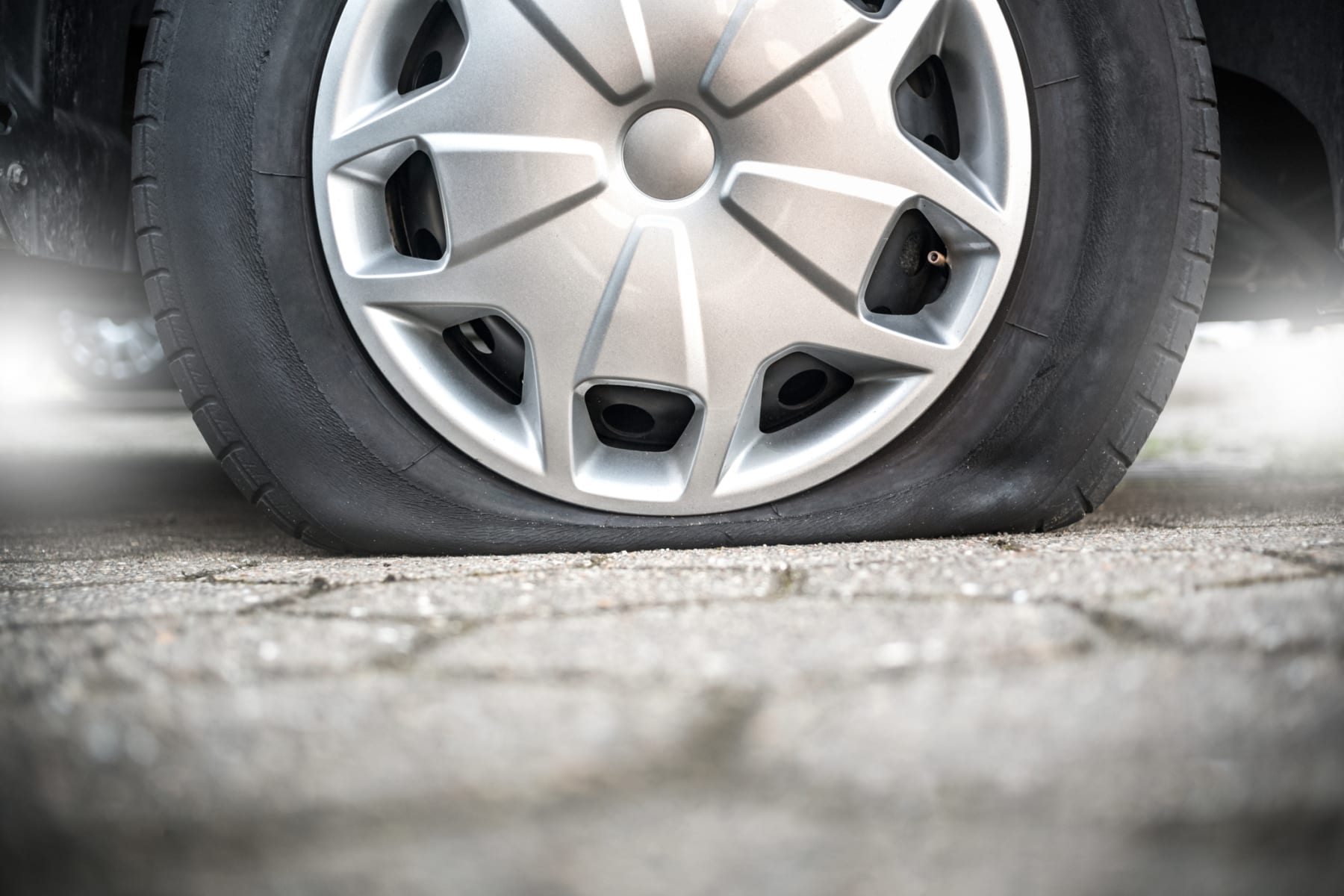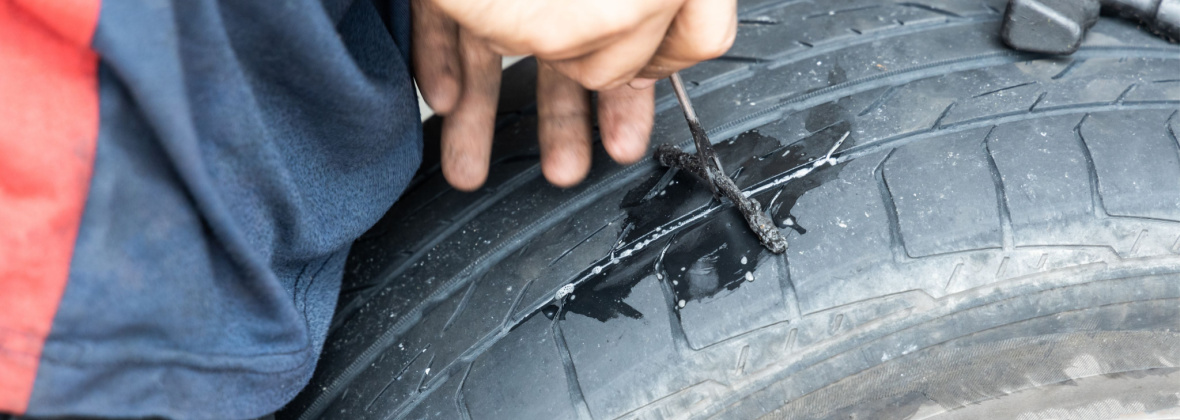The Ultimate Tire Repair Work Checklist for Safety and Financial Savings
Keeping optimum tire conditions is an essential aspect of ensuring safety when traveling and making best use of cost-efficiency over time. From tire stress to walk depth, each part plays a critical function in the overall performance of your lorry. There are key variables and checkpoints that commonly go unnoticed yet can substantially impact the life-span and performance of your tires. By sticking to a detailed tire repair work list, you can proactively resolve these areas and possibly prevent unpredicted problems. Let's check out the important actions that can protect both your safety and security and your cost savings - discount tires morris il.
Significance of Tire Maintenance
Normal tire upkeep is important for guaranteeing car safety and extending the life-span of your tires. In addition, turning your tires at recommended periods promotes even step wear, leading to a longer life-span for your tires and far better handling of your car.
Furthermore, normal tire assessments can assist identify prospective problems such as punctures, cuts, or protrudes, which if left neglected, could bring about tire failure. discount tires morris il. Proper alignment and harmonizing contribute to a smoother adventure, enhanced gas effectiveness, and prevention of irregular tire wear. In conclusion, focusing on tire maintenance not just ensures your safety and security on the road yet also conserves you cash by prolonging the life of your tires and staying clear of expensive fixings or replacements
Monitoring Tire Pressure
Making sure the proper inflation of your tires is a basic aspect of automobile maintenance that directly influences safety and efficiency. Correct tire pressure not only boosts handling and stopping but likewise adds to fuel effectiveness. To inspect tire stress, utilize a tire pressure scale to gauge the air pressure in each tire, including the extra. Describe the vehicle maker's recommended PSI (pounds per square inch) levels, normally located on a sticker label inside the chauffeur's door, in the owner's handbook, or online. It is a good idea to examine tire stress when the tires are cool, as driving warms the tires and increases pressure readings. Keep in mind to examine stress degrees routinely, at the very least when a month, and eventually journeys. Overinflated or underinflated tires can bring about irregular step wear, reduced traction, and potential blowouts. By keeping proper tire pressure, you not only guarantee your safety and security but also extend the life-span of your tires and maximize gas economic situation.
Inspecting Footstep Deepness
To guarantee optimal safety and efficiency of your car, a vital element of tire maintenance entails examining the tread deepness on a regular basis. The walk on your tires plays a vital duty in preserving traction when driving, particularly in damp or unsafe conditions - morris tire service. Inadequate tread deepness can lead to lowered hold, longer stopping distances, and an increased danger of hydroplaning
One common approach to inspect step depth is Read Full Report by utilizing a walk depth scale. Insert the scale right into the walk grooves to measure the depth. The majority of new tires have a step depth of around 10/32 to 11/32 of an inch. As the Home Page step uses down, it is important to monitor it regularly. The minimal lawful walk deepness limit is 2/32 of an inch in a lot of states, but for improved safety and security, it is suggested to change tires before they reach this restriction.

Frequently evaluating your walk deepness and changing tires when required will certainly not only improve your safety when traveling but likewise add to set you back savings by boosting fuel effectiveness and extending the life expectancy of your tires.
Identifying Tire Damage
Inspecting your tires for signs of damages is critical for keeping roadway security and avoiding potential hazards. When inspecting your tires, look out for cuts, slits, protrudes, fractures, and any various other problems on the walk or sidewall.

Extending Tire Life Expectancy
Regular maintenance practices and appropriate driving behaviors are essential variables in optimizing the longevity of your tires. To prolong the life-span of your tires, start by ensuring they are effectively inflated according to the maker's referrals. Underinflated click for more info tires can result in boosted wear and decreased fuel effectiveness. Additionally, turn your tires consistently to promote even step wear. This practice assists to expand the life of your tires by ensuring that they use down evenly. Keeping your wheels correctly straightened is also important in protecting against uneven wear patterns that can shorten tire lifespan. Moreover, staying clear of sudden stops, doglegs, and speeding can decrease unnecessary damage on your tires. Finally, on a regular basis evaluate your tires for indications of damages, leaks, or uneven wear, and deal with any problems quickly to stop further damages. By complying with these practices, you can considerably prolong the life expectancy of your tires, conserving you cash in the long run.

Conclusion
In final thought, normal tire upkeep is critical for making sure security and saving cash in the long run. By examining tire stress, examining step depth, recognizing tire damage, and extending tire life expectancy, drivers can protect against mishaps and pricey repair services. Prioritizing tire maintenance is a simple yet efficient way to stay secure when driving and stay clear of unnecessary expenditures.